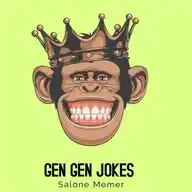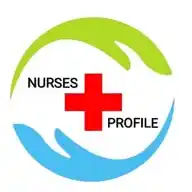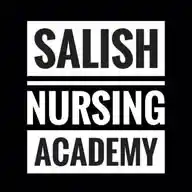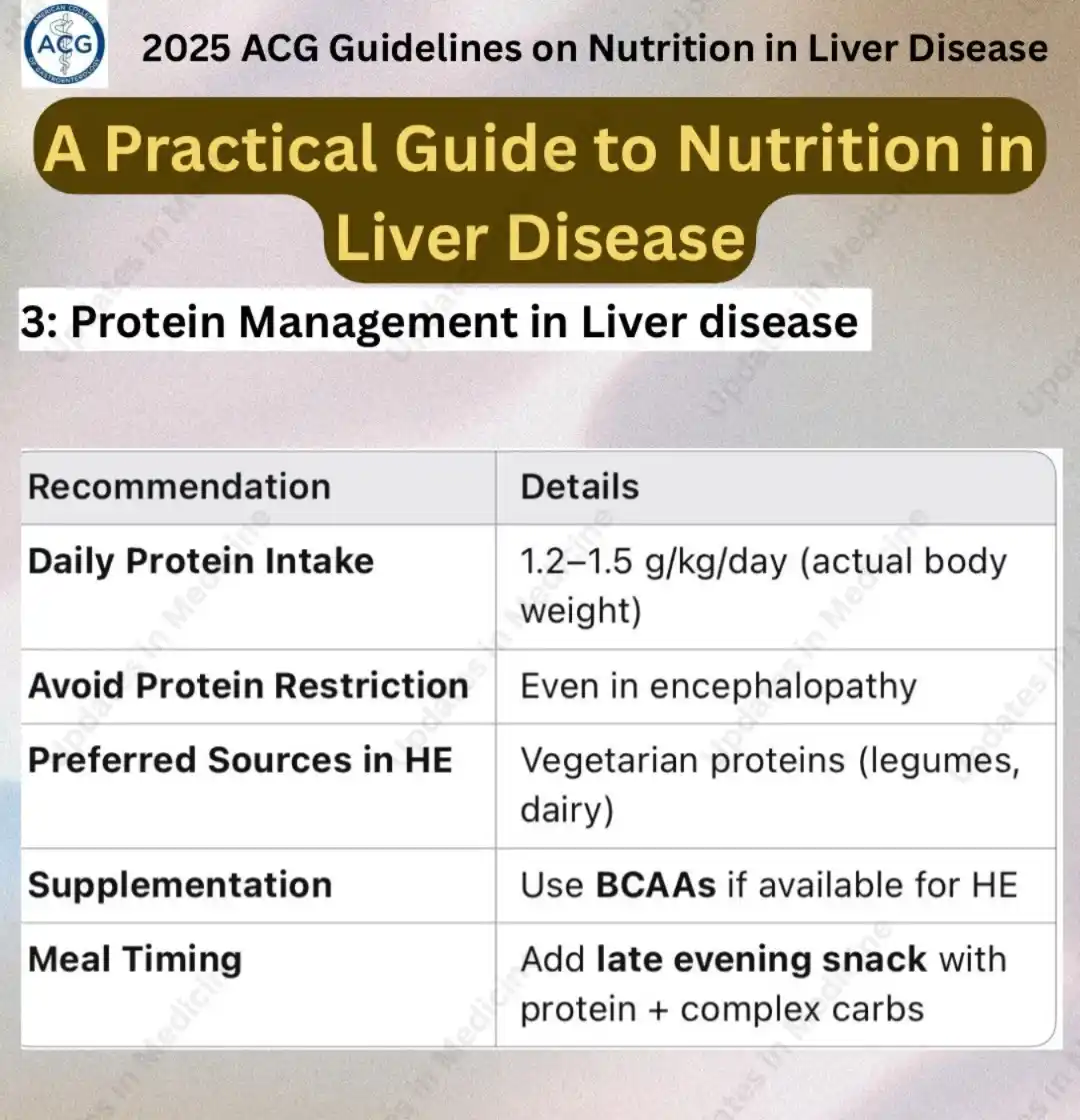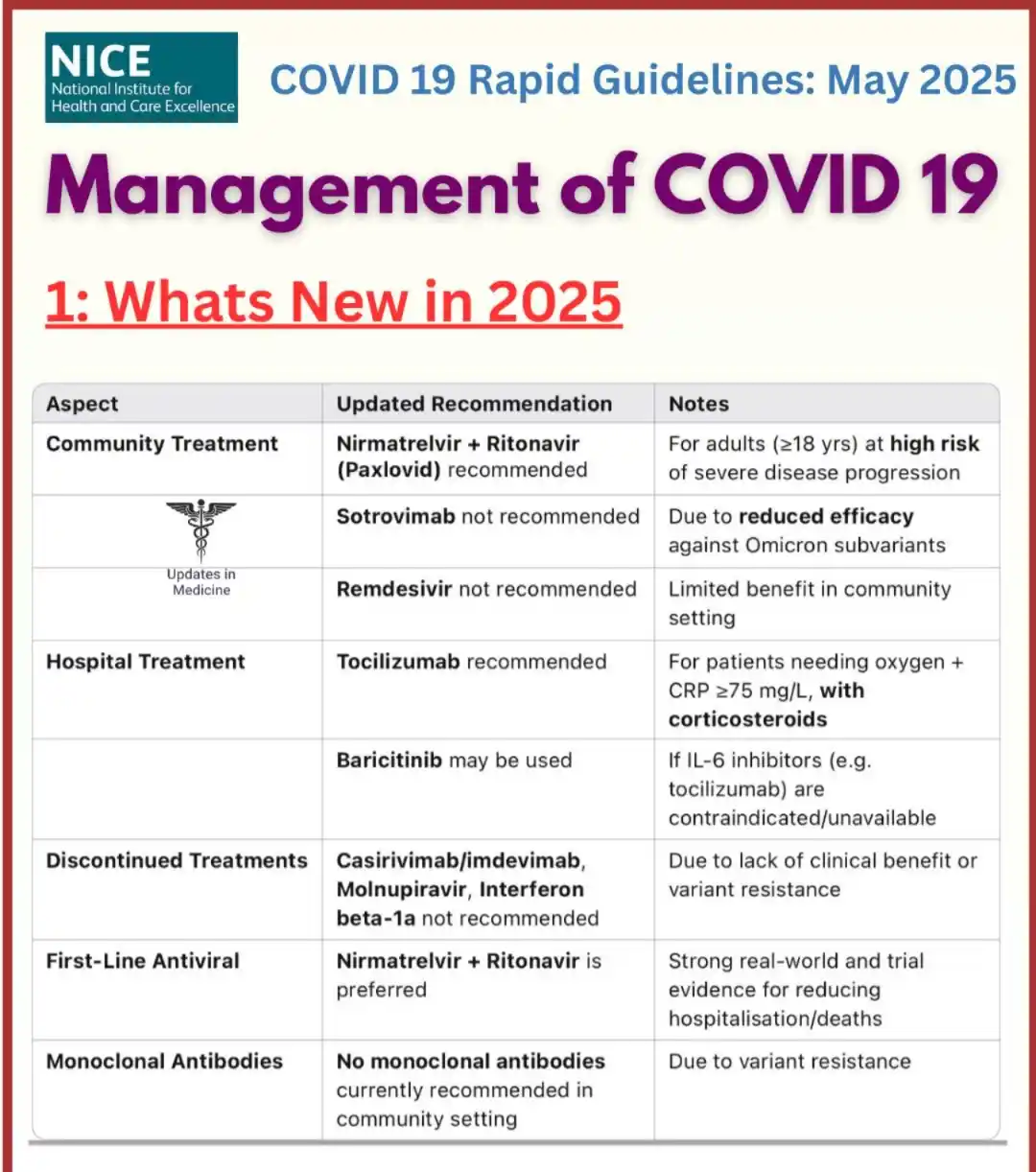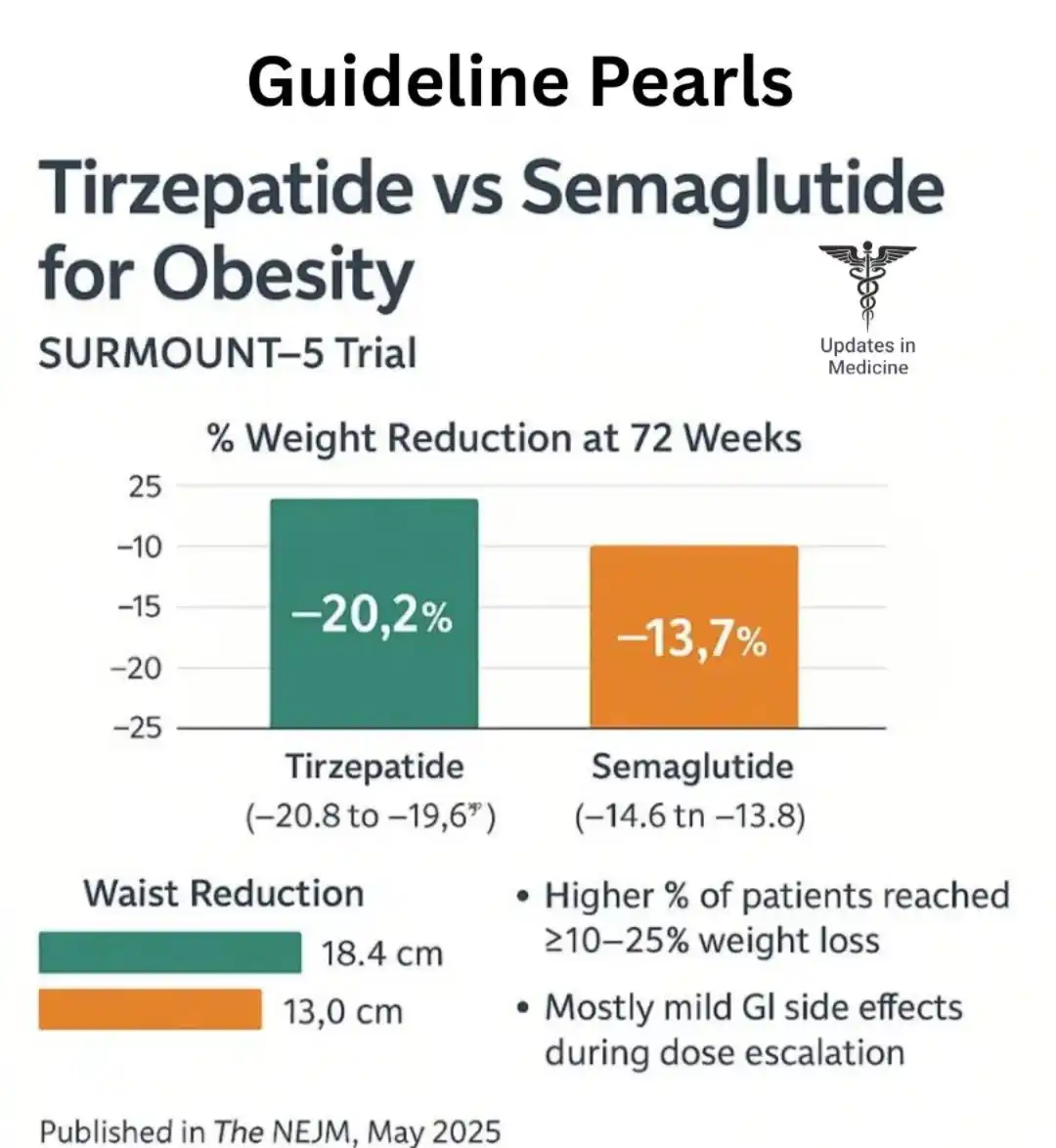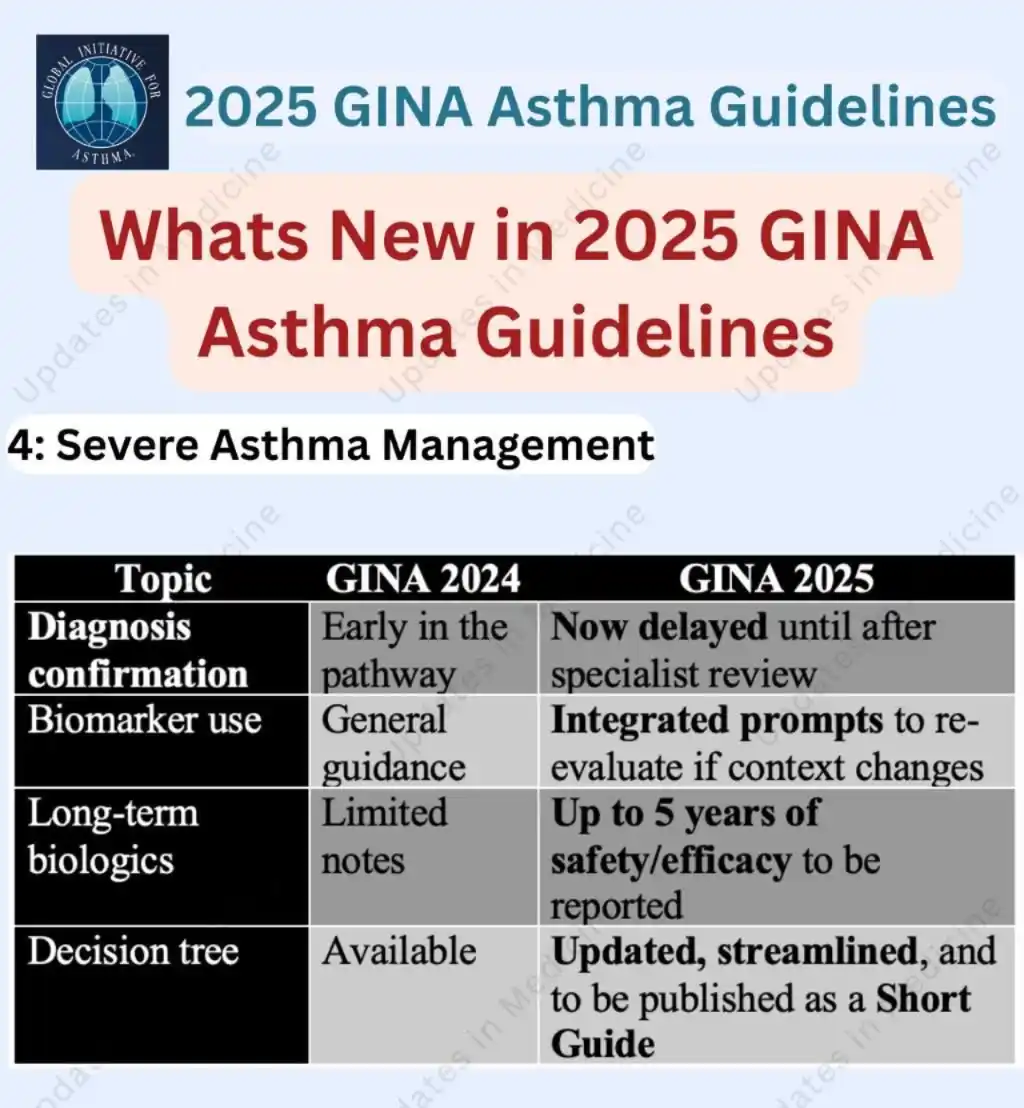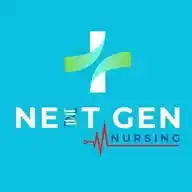
Next Gen Nursing
314 subscribers
About Next Gen Nursing
https://youtube.com/@nextgennursing_plus?si=xJ1emA4yiBOrn6DH
Similar Channels
Swipe to see more
Posts

The Siriraj Stroke Score (SSS) is a clinical tool developed to differentiate between ischaemic and haemorrhagic strokes in settings where neuroimaging (CT/MRI) is unavailable. It uses clinical parameters to estimate stroke subtype, but its accuracy is limited and it is not recommended for routine use in the UK. Components of the Siriraj Stroke Score: The score incorporates: - Level of consciousness - Vomiting - Headache - Atheroma markers (history of hypertension, diabetes) - Diastolic blood pressure Calculation: SSS = (2.5 × level of consciousness) + (2 × vomiting) + (2 × headache) + (0.1 × diastolic BP) – (3 × atheroma markers) – 12 Interpretation: - Score > 1 suggests haemorrhagic stroke - Score < -1 suggests ischaemic stroke - Scores between -1 and 1 are indeterminate Limitations: - Sensitivity and specificity vary widely; reported sensitivity for haemorrhage ranges from 50–80% - Poor performance in elderly patients or those with mixed features - Cannot replace imaging, which remains gold standard for diagnosis - Risk of misclassification may lead to inappropriate treatment (e.g., thrombolysis in haemorrhagic stroke) Clinical relevance: In resource-limited settings without access to CT, SSS may guide initial management decisions. However, in the UK, NICE guidelines mandate urgent brain imaging before initiating specific treatments like thrombolysis.

Urgent indication for Kidney Replacement Therapy (KRT)?? * Severe metabolic acidosis refractory to medical treatment * Pulmonary edema * Uremic complications (pericarditis, encephalopathy, bleeding) * Severe hyperkalemia refractory to medical treatment * Intractable fluid overload coupled with organ dysfunction * Concomitant intoxication with a dialysable drug or toxin Relative indication? * Progressive and/or persistent AKI (sCr >3× baseline and/or profound oliguria) * Severe nonkidney organ dysfunction worsened by AKI * Worsening trajectory of critical illness

The US Food and Drug Administration (FDA) has approved bevacizumab-nwgd (Jobevne, Biocon Biologics Ltd), a biosimilar to bevacizumab (Avastin, Genentech), for intravenous 👉👉use across multiple cancer types

In patients with type 2 diabetes (T2D)👉👉 combination therapy with glucagon-like peptide 1 receptor agonists (GLP-1 RAs) and thiazolidinediones was associated with a reduced risk for all-cause mortality, cardiovascular mortality, and major adverse cardiovascular events (MACEs) compared with those who used none or one of these therapies.

Lipid modification drug treatment Unless contraindicated, treatment with a high-intensity statin (such as atorvastatin 20–80 mg daily) will be offered at diagnosis of stroke or TIA by secondary care. The aim of statin therapy is to reduce non-HDL cholesterol by more than 40%. If this reduction is not achieved within 3 months, consider adherence, diet, lifestyle, and increasing dose (if appropriate) — discuss with a stroke specialist if unsure.


